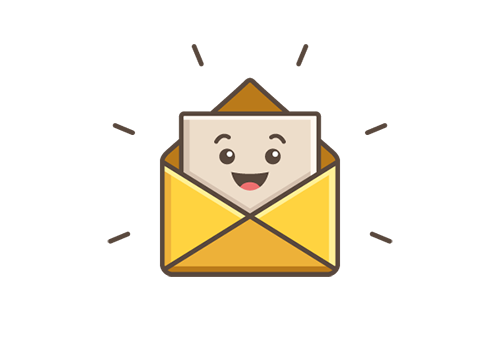The Significance of Tackling Duplicate Content in WordPress SEO
Addressing duplicate content is a vital part of optimizing your WordPress website for search engines. Even though WordPress is designed with SEO in mind, there can still be issues with duplicate content. In this article, we will discuss the reasons behind these issues and offer solutions to fix them. So grab a drink and let’s get started.
Identifying Duplicate Content
Distinguishing Content Accessed through Multiple URLs
One common source of duplicate content is when the same content can be accessed through different URLs. For instance, a poorly optimized WordPress blog may have the same article accessible through:
- www.example.com/article
- www.example.com/category/article
- www.example.com/author/article
This multiple URL structure can confuse search engines and may lead to penalties for duplicate content.
Differentiating Similar but Non-Duplicate Content
It is important to note that not all similar content is considered duplicate content. Content in different languages or pages with similar navigation or header labels are not counted as duplication.
Common Issues with Duplicate Content on WordPress Websites and Their Solutions
Let’s explore some common problems related to duplicate content on WordPress websites and how to solve them:
1. Tags and Categories
Tags and categories often contribute to duplicate content. If you display complete posts on tags and categories pages while keeping these pages indexed, you are essentially creating unnecessary duplicate content. To prevent this, consider configuring plugins like WordPress SEO by Yoast to set tags and categories pages to noindex and dofollow, effectively preventing search engines from indexing them.
2. Author Archives and Monthly Archives
Author archives and monthly archives may be useful for readers, but search engines treat them as separate pages with identical content to your individual post pages. To avoid duplication, set author archives and monthly archives to noindex.
3. Image Attachment Pages
An attachment URL is created when an image is attached to a WordPress post. These URLs lead to image attachment pages, which can be indexed by search engines, resulting in duplicate content. To resolve this issue, you can enable the “Redirect attachment URLs to parent post URL” option provided by the Yoast SEO plugin. Additionally, when uploading images to posts, choose the “None” or “Link to image” option to mitigate the problem.
4. Replytocom URLs
Replytocom URLs, generated when visitors leave comments on your WordPress site, can create duplicate content problems. These URLs are often indexed by search engines, impacting your rankings. To address this, use Google Webmaster Tools to set the URL parameter for replytocom to noindex.
5. Canonical URL Tag
To address duplicate content resulting from different URLs pointing to the same post, implement the canonical URL tag. This tag directs search engine robots to index the correct link. Many modern WordPress themes come with built-in canonical URL features. Alternatively, you can use plugins such as SEO By Yoast to easily add canonical URLs. If you prefer a manual approach, you can manually insert the canonical URL code into your theme before the closing section.
Dealing with Duplicate Content from External Websites
If another website copies your content and outranks you, you can take legal action using the Google Digital Millennium Copyright Act (DMCA). This process allows you to file complaints and have the copied content removed from search engine indexes.
Preventing Duplicate Content
To proactively prevent duplicate content issues, consider using a well-coded WordPress theme that handles duplication effectively. Premium themes like Genesis offer SEO-optimized frameworks that minimize the risk of duplicate content. If you choose to use a free theme, customize it using codes and plugins to eliminate duplicate content concerns.
In Conclusion
Duplicate content can negatively impact your WordPress site’s SEO. By following the steps outlined in this article, you can identify and resolve duplicate content issues, thereby improving your search engine rankings and increasing organic traffic. Share your experiences with WordPress duplicate content and how you resolved them!

